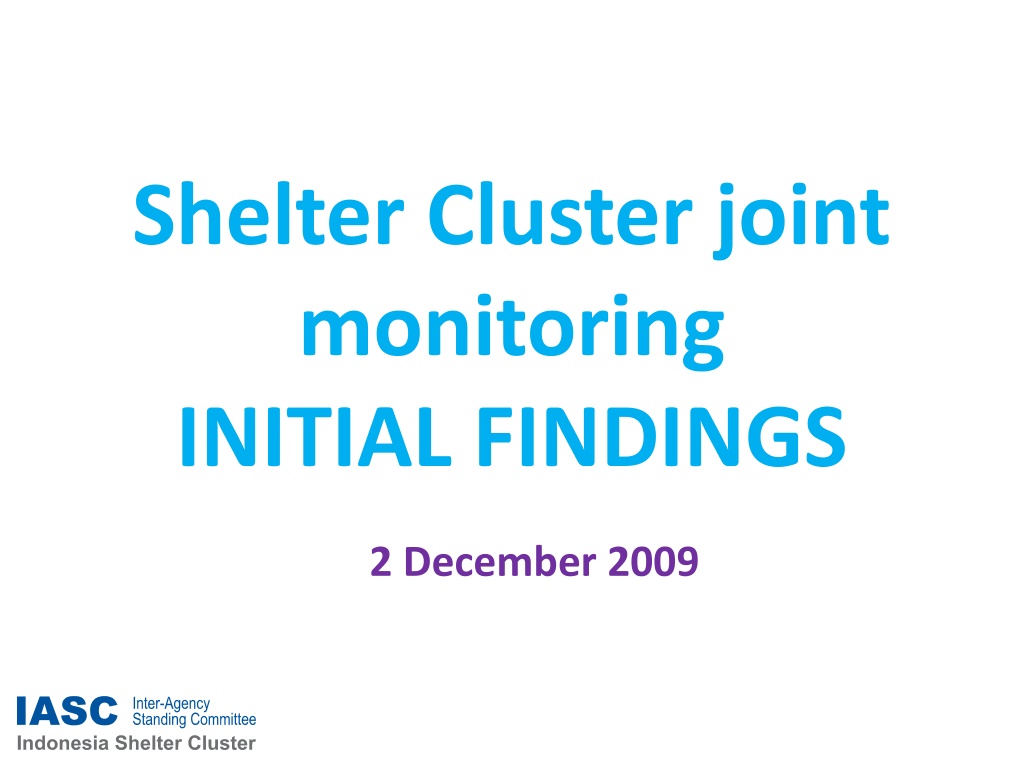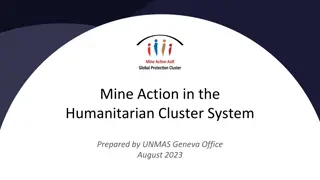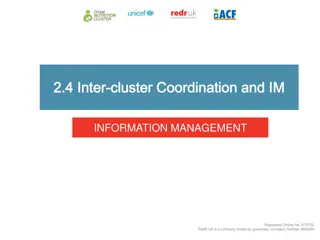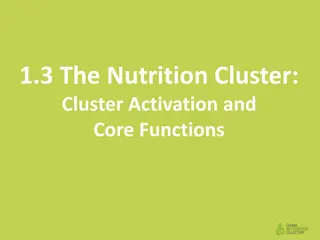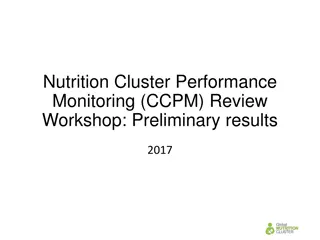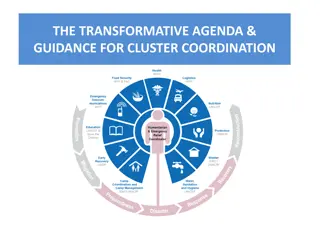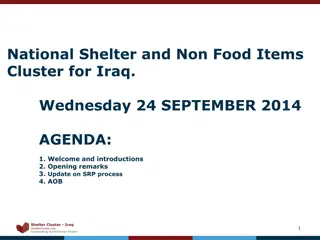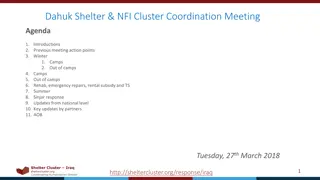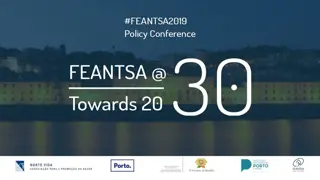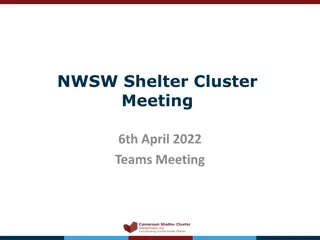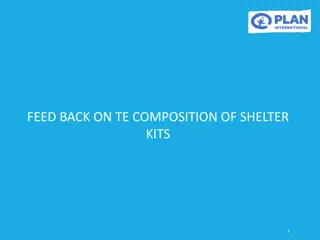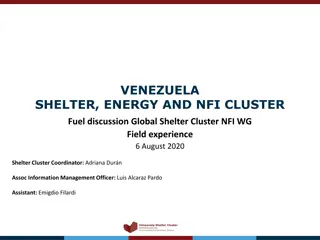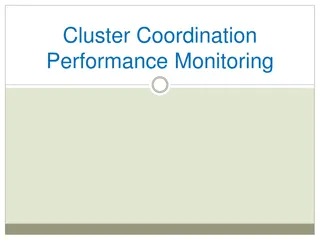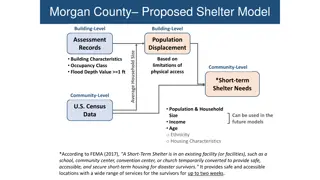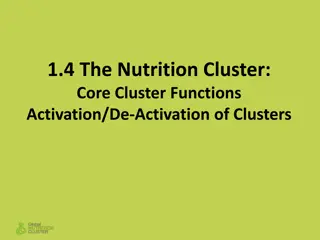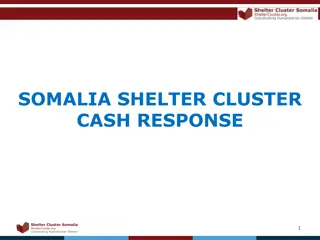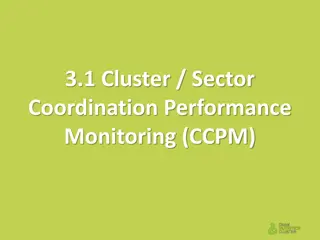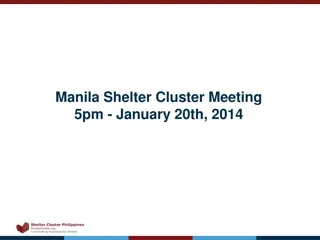Initial Findings on Shelter Cluster Monitoring
Analysis of initial findings from the joint monitoring of shelter clusters conducted in December 2009, including household survey results, self-recovery efforts, distribution of household items and tools, and WASH conditions post-earthquake.
Download Presentation

Please find below an Image/Link to download the presentation.
The content on the website is provided AS IS for your information and personal use only. It may not be sold, licensed, or shared on other websites without obtaining consent from the author.If you encounter any issues during the download, it is possible that the publisher has removed the file from their server.
You are allowed to download the files provided on this website for personal or commercial use, subject to the condition that they are used lawfully. All files are the property of their respective owners.
The content on the website is provided AS IS for your information and personal use only. It may not be sold, licensed, or shared on other websites without obtaining consent from the author.
E N D
Presentation Transcript
Shelter Cluster joint monitoring INITIAL FINDINGS 2 December 2009
Where we are Timeline now in the final (4th) week of monitoring final results and analysis next week Database online work in progress! includes results (submitted) from first 2 weeks (44 households in 4 districts) Agencies still participating: CRS, Care/P3SD, Save the Children, Oxfam/Walhi/Kabisat, PMI, Islamic Relief Constraints submission deadlines, complete form filling / complexity of form, language / communication
Household survey 84% houses severely/moderately affected 58% living in original house 23% in below-standard transitional shelter 16% in acceptable transitional shelter 3% with host families Apparently no significant increase in household numbers couple of exceptions in Kota Padang Have interviewed mainly male owners (less females, few tenants)
Self-recovery 27% of people are rebuilding their homes what are the other 63% doing? 90% say they need building materials (bricks, wood, cement, sand) & cash 46% say they have insufficient labour to rebuild No notable difference in responses between rural / urban population (but small sample!)
Household items Imperfect form not getting clear answers on quality / use / gaps Most commonly distributed items are blankets and buckets Most items received / bought are being used, with a few exceptions in the case of mosquito nets and cooking pots Vast majority of household items have been bought from shops
Tools Imperfect form not getting clear answers on quality, use or gaps Most commonly distributed / bought items are machetes and claw hammers People want building materials and cash, not just tools, to rebuild
WASH Good, simple questions and clear results! Before earthquake 58% people used latrines, after earthquake 44% Majority of people use wells for water collection (74% before, 65% after) Rain and river water are also commonly used, including in Kota Padang Few people use water delivery or water pipes
